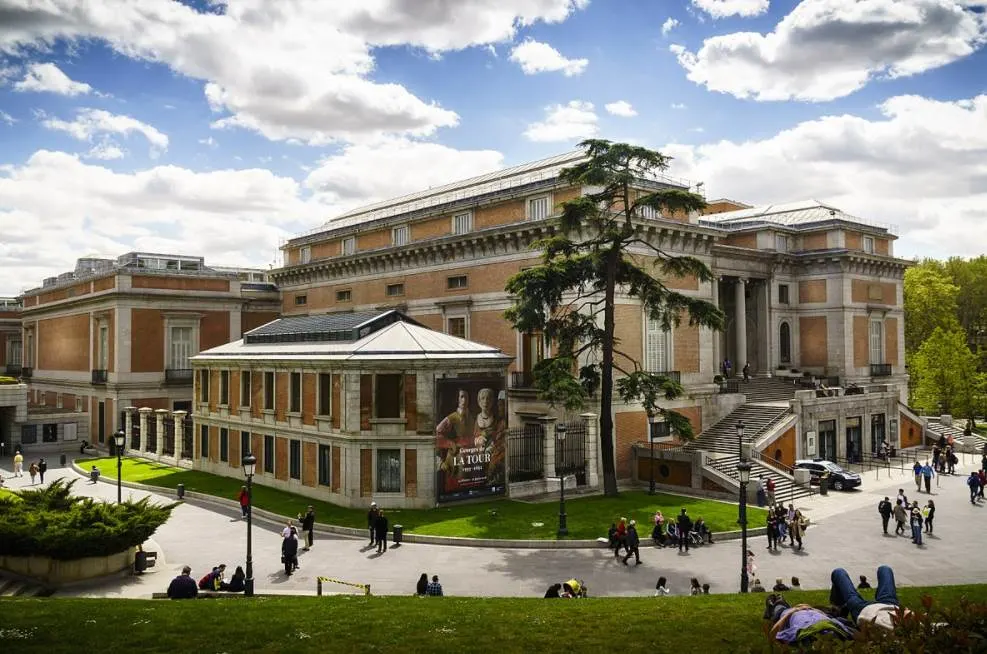The life of one of the most famous Spanish artists in history dramatically changed in the early 1790s because he became deaf due to an unidentified illness.
Francisco Goya (1746-1828) was already one of the most sought-after artists in Spain at the time as he officially became the court painter in the country in 1786.
His style following his medical issue drastically changed, but this doesn’t mean that he didn’t complete commissions anymore.
In this article, we’ll take a closer look at some of the most interesting facts about La Maja Desnuda, one of Goya’s most famous paintings.
1. It was completed during the final years of the 18th century
Francisco José de Goya y Lucientes was the leading artist of the Romantic era in Spain and arguably the most notable painter in the country of the late 18th and early 19th centuries.
He lived during the transition between the Old Masters and modern art and was definitely ahead of his time in that aspect.
He was a successful court painter but later turned to dark and gloomy works of art. That’s mainly because of his illness and his experience during the Peninsular War between the Spanish and French.
The Black paintings he completed between 1819 and 1823 were a culmination of the dark feelings he possessed for many years.
He completed La Maja Desnuda between 1797 and 1800, just a few years after he became deaf due to a mysterious illness.
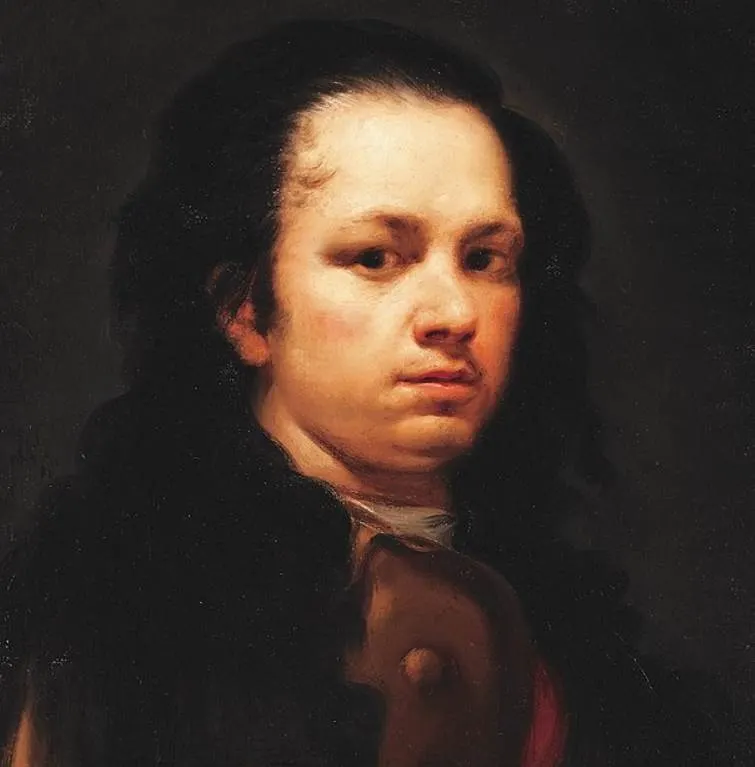
2. It depicts a naked reclining woman whose identity remains unknown

La Maja Desnuda or “The Naked Maja” depicts a named woman who is reclining on a couch with her hands held above her head.
Although her cheeks are blushing, the straightforward gaze toward the viewer makes it look as if she is not ashamed.
The identity of the woman remains unknown but it has been speculated that it is the Duchess of Alba, a woman whom Goya had a relationship with at the time.
This is unlikely though and it’s more plausible that it’s Pepita Tudó, the mistress of the Spanish Prime Minister Godoy who might have commissioned the work.
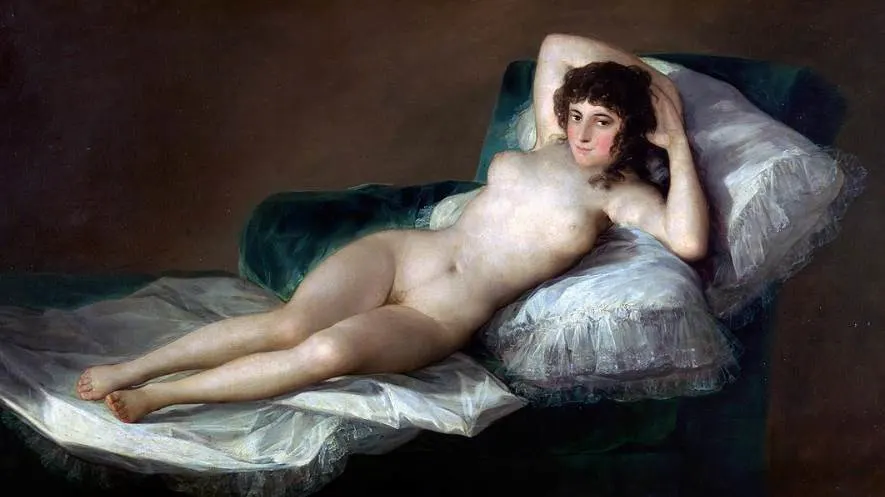
The artist completed a complementing painting titled “La Maja Vestida“, a work that depicts the same women wearing contemporary clothes.
The pose of the woman and her gaze toward the viewer is exactly the same as in the work where she’s naked.
This painting is the reason why she’s referred to as a “Maja,” a member of the Spanish lower class in the 18th and 19th centuries. This pretty much eliminates the Duchess of Alba as the model.
They tried to make a good impression by wearing fashionable clothes which can be seen in this painting, especially in Madrid.
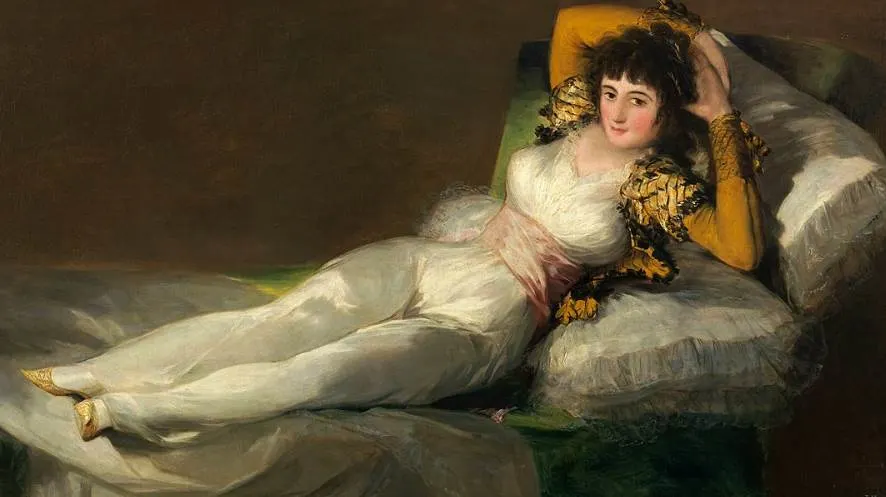
4. It’s considered to be the first explicit nude painting in history
While prostitutes had already been depicted with pubic hair before, it’s considered to be the first Western work of art to do so in a standard portrait.
This was a very unusual work of art that almost left Goya in serious trouble a decade later. Yes, the Spanish Inquisition was still very real at the time.
Goya was held accountable in 1808 and got away easily because he mentioned that he merely replicated the paintings of Titan which were part of the Spanish royal collection.
The Renaissance artist completed several nudes for King Philip IV of Spain in the 16th century and these were admired by both the court and the church.
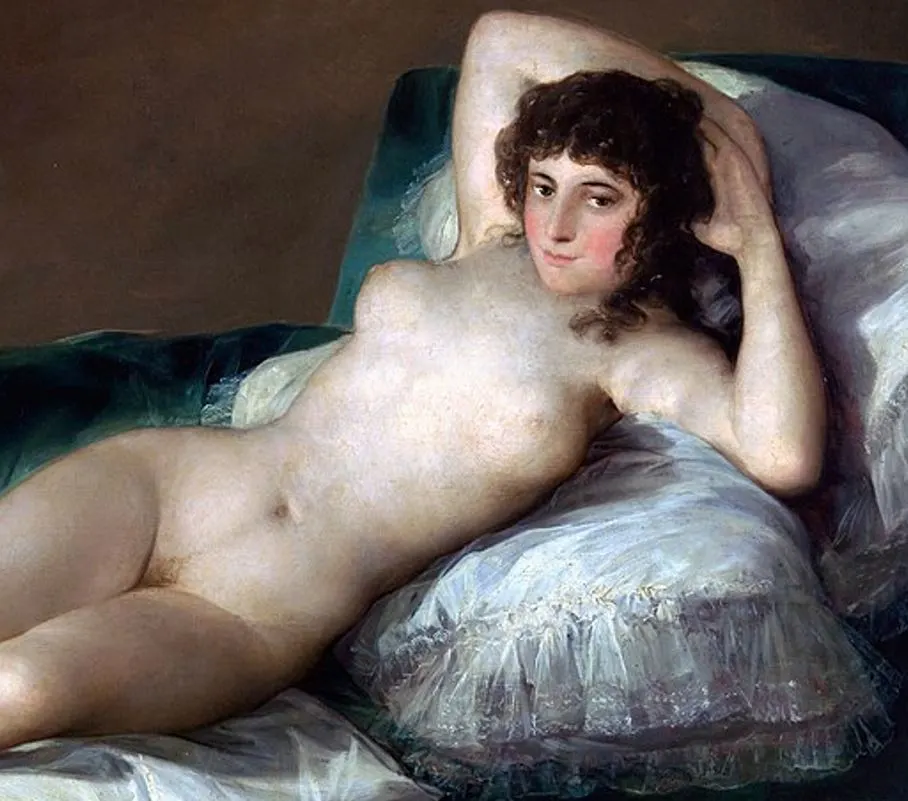
5. It probably hung inside a special room of the man who commissioned it
The man who likely commissioned the painting was the Spanish Prime Minister Manuel de Godoy, Duke of Alcúdia (1767-1851) in 1800.
That’s mainly because he owned a special room dedicated to nude paintings and he probably hung this work among other famous female nudes.
One of the best-known paintings in his collection was “The Rokeby Venus” (1647-1651), a painting by Spanish master Diego Velázquez.
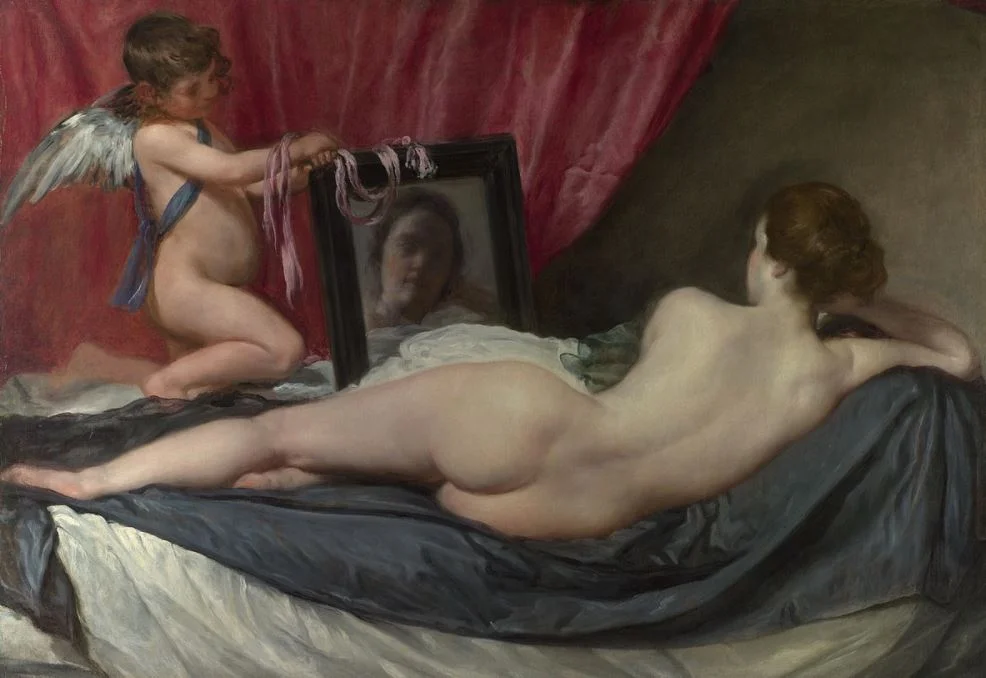
6. It’s considered to be one of Goyas most influential paintings
It’s not only one of the best-known paintings by Francisco Goya, but it’s also one of the most influential ones. Many nudes have been based on Goya’s masterpiece.
It’s likely that a painting by Édouard Manet titled “Olympia” (1865) was inspired by it as the woman has the same shameless and strong look on her face.
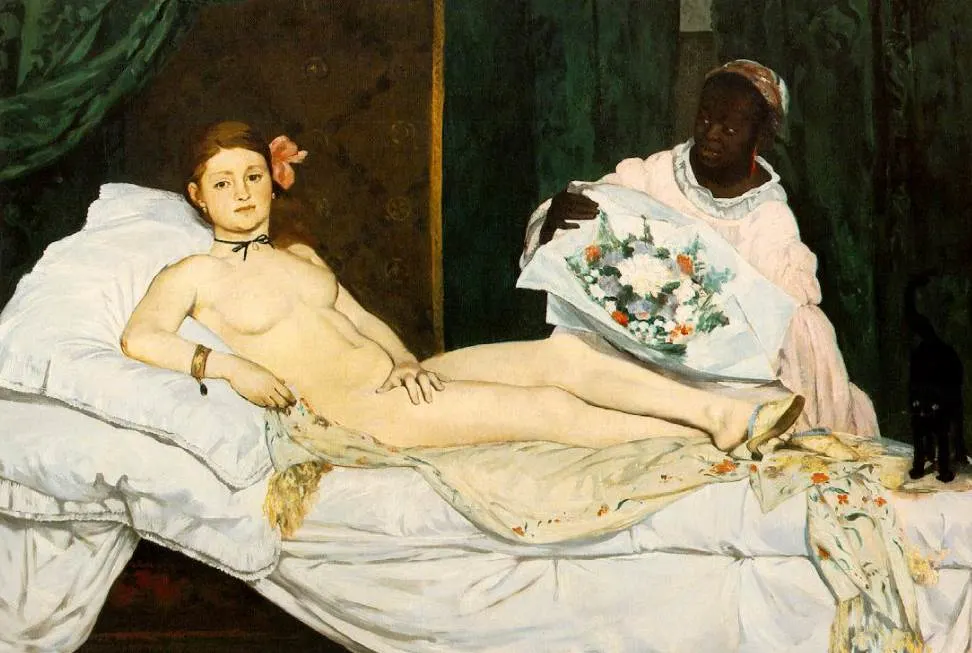
The painting is also very famous in Spain as it has been featured in a wide variety of media. The most notable was a set of stamps published in 1930 which feature Goya’s work.
These were the first postage stamps in the world that featured a nude woman and were launched as part of a larger campaign that commemorated the 100-year anniversary of Goya’s death.
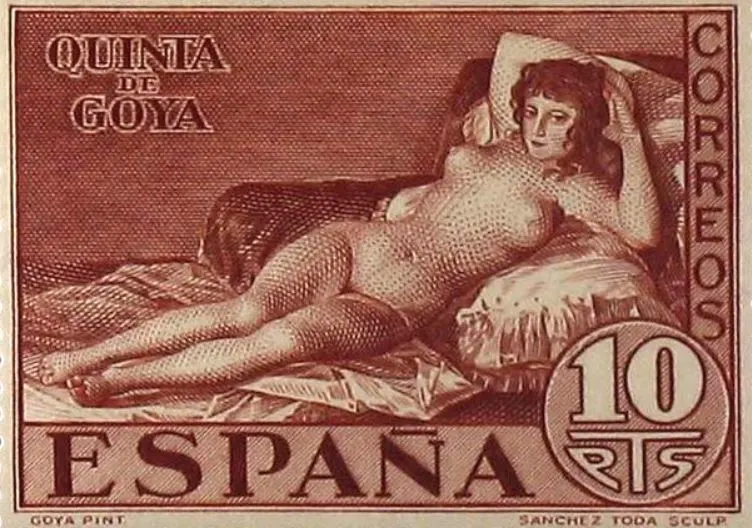
7. How big is La Maja Desnuda by Francisco Goya?
Another remarkable fact about this painting is that it’s about life-sized, something that the Spanish Inquisition surely didn’t appreciate in the early 19th century.
La Maja Desnuda by Francisco Goya is an oil on canvas painting that has dimensions of 97 × 190 centimeters (38 × 75 inches).
La Maja Vestida was completed in 1803 and has the exact same dimensions.
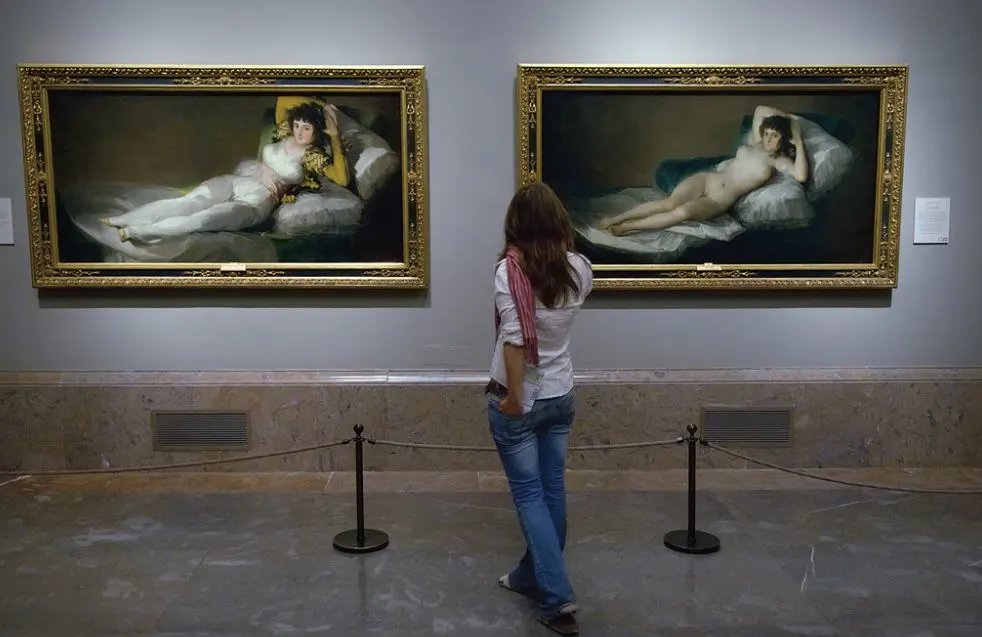
8. Where is Goya’s painting located today?
The painting was initially held at the Royal Academy of Fine Arts of San Fernando but was confiscated by the Spanish Inquisition between 1814 and 1836.
It remained at the Royal Academy until the early 20th century when it was moved to the most popular museum in Spain.
Today, you can admire both La Maja Desnuda and La Maja Vestida side-by-side at the Prado Museum in the Spanish capital.
